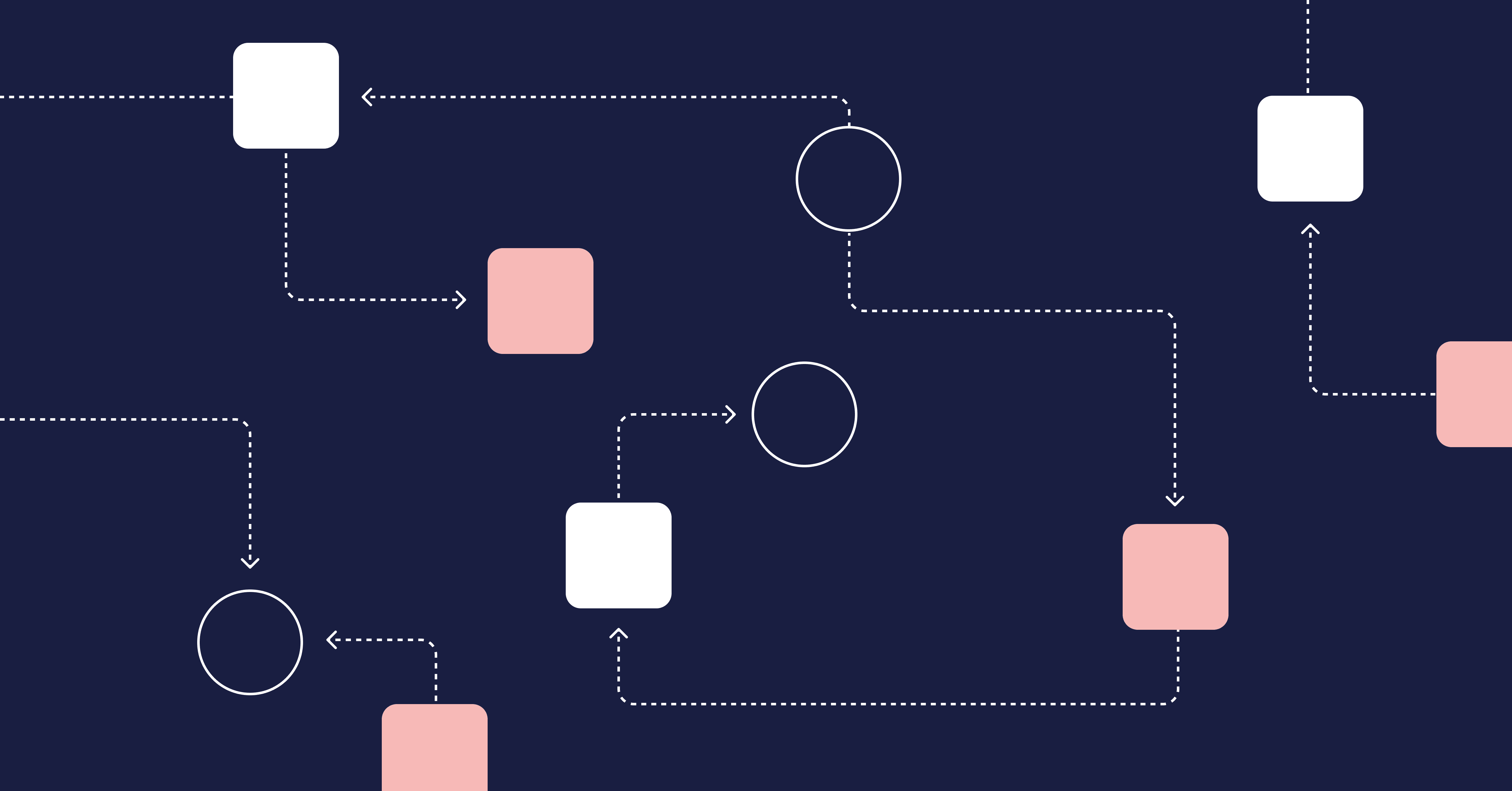Few have the depth of experience that Sowmya Subramanian brings to the table when creating high-performing engineering organizations. With leadership roles at tech giants like Oracle, Google, and YouTube, and most recently as Executive Vice President leading global streaming and digital platforms at Warner Bros. Discovery, Sowmya has repeatedly transformed engineering cultures to deliver better user experiences.
Her journey offers valuable insights for engineering leaders at all levels struggling to balance operational excellence with strategic business requirements. She recently joined Dev Interrupted to share key lessons from her experience.
How translating team metrics builds alignment with business objectives
One of the greatest challenges for engineering leaders is connecting the dots between what matters to technical teams and what drives business success. This challenge becomes even more pronounced when moving between different organizational cultures.
Sowmya's transition from Google's engineering-centric environment to Warner Bros. Discovery presented exactly this opportunity: to adapt principles that worked in one context to an entirely different organizational culture.
Sowmya describes a key approach when working across different teams, such as business, engineering, and product, by focusing on understanding and connecting the metrics that matter to each group. She emphasizes the importance of finding a common ground or “triangle” where the goals and measurements of different teams intersect. This approach involves translating the priorities and performance indicators from one team’s perspective into terms others can understand and relate to. By doing so, engineering leaders can effectively bridge the gaps between diverse stakeholder groups, ensuring everyone is aligned around shared objectives and understands how their work impacts the broader business outcomes.
This framework acknowledges that each stakeholder group values different metrics, but successful engineering leaders find ways to translate between them. For example, at Warner Bros. Discovery, business metrics like subscriber growth, retention, and engagement were directly impacted by engineering execution; poor performance or reliability issues would lead to subscriber churn and frustration.
The engineering leader's job is to make these connections explicit, helping business stakeholders understand the ROI of investing in operational improvements while ensuring engineering teams understand their direct impact on user experience and business outcomes.
Why standardizing data, tooling, and processes accelerates operational excellence
When Sowmya joined Warner Bros. Discovery, she identified three critical friction areas to address to achieve operational excellence:
- Baseline data, tooling, and transparency - Standardizing metric definitions was a fundamental first step.
- Culture and mindset shift - Moving from a reactive to a proactive approach required changing how teams thought about their responsibilities.
- Sustainable tooling implementation - Ensuring improvements weren't just one-time fixes but supported by systems that would maintain progress.
The first challenge was fundamental as it built the foundation for everything else. "The first challenge was how to standardize metric definitions. How do you compute mean time to resolution? If it looks different than how another team computes it, then it's like comparing apples to oranges," Sowmya explains.
She also found that production crises offered powerful opportunities to implement better practices and gain organizational buy-in. When Warner Bros. Discovery experienced a significant outage shortly after she joined, she used it as a chance to introduce new postmortem procedures and communication protocols.
One innovative approach she introduced was the "90-5-5 rule" for handling action items following incidents:
- 90% of issues resolved in the next sprint
- 5% within two sprints
- 5% requiring architectural changes that might take longer
This rule encouraged teams to address most issues quickly while acknowledging that some problems require deeper solutions.
What it takes to move from hero culture to routine execution
Sowmya observed that at Warner Bros. Discovery, the culture often rewarded reactive problem-solving—what she calls “hero culture”—where teams scramble to fix urgent issues during product launches, creating a high-pressure, dramatic environment. While these intense moments fostered a sense of camaraderie and teamwork, she recognized the need to shift this mindset. Instead of celebrating firefighting, she advocated for making launches smooth and routine, so they become predictable and low-stress events.
The goal was to create an environment where teams could enjoy their work and personal time without being constantly disrupted by production crises. To support this cultural change and improve developer productivity and morale, Sowmya implemented specific processes and rituals designed to address the organization’s unique challenges and reduce technical debt.
"Think of rituals that make sense for your organization. And probably it's not the same ritual across your entire organization, based on the size of your company and the size of the teams," Sowmya advises.
These included regular bug bashes and "Fix-It Weeks" to address technical debt systematically. She likens these to spring cleaning—not replacing regular maintenance but providing focused moments to catch up on accumulated issues.
Sowmya also warns against the common mistake of overcompensating with excessive alerting. When teams move from having too few alerts to too many, it creates a new problem: alert fatigue and false positives that interrupt developers unnecessarily. Finding the right balance of proactive monitoring requires continual tuning.
How using DORA metrics with context prevents short-term fixes and technical debt
Sowmya strongly recommends the DORA (DevOps Research and Assessment) framework as a foundation for organizations beginning their operational excellence journey. "The DORA metrics give a nice framework to look at your developer pipelines end-to-end from development to production," she shares. However, Sowmya emphasizes that organizations should supplement these with additional metrics relevant to their specific needs, such as bug statistics, resolution times, and outage measurements.
She also discovered a counterintuitive challenge with mean time to resolution (MTTR)—when teams focus too heavily on resolving issues quickly, they might implement unsustainable fixes that create technical debt or even cause additional problems. This realization led to her developing the 90-5-5 rule to ensure teams balanced quick fixes with more durable solutions.
Continuous adaptation as the foundation of operational excellence
Sowmya's experiences highlight that operational excellence isn't a destination but a continuous improvement journey. Even Google, with its mature site reliability engineering practices, had to adapt its approach for different products and use cases.
Her advice for engineering leaders looking to improve their organizations is clear: start with standardized metrics like DORA, customize them to your specific business context, create rituals that work for your team's culture, and always be willing to adapt as you learn what works.
Perhaps most importantly, recognize that every crisis is an opportunity to implement better practices. By building a culture that values proactive excellence over heroic firefighting, engineering leaders can create organizations that deliver better user experiences while making their developers' lives more sustainable and fulfilling.
As Sowmya puts it, the goal should be to make launches boring—not because the work isn't exciting, but because excellence means being able to deliver consistently without drama. That's the true mark of engineering leadership success.
Listen to Sowmya Subramanian’s Dev Interrupted episode here:




